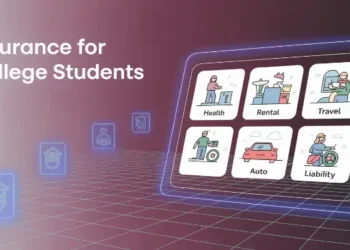Insurance for self employed softens unexpected hits. It keeps your household steady when bills surge.
Curious how 5 important types of insurance for self employed people protect your venture? As of 2022, approximately 3.3 million small business owners and self-employed adults obtained health insurance through the ACA Marketplaces, highlighting the importance of coverage to avoid medical debt.
Next Insurance says, “Coverage options defend hard-earned progress.” Forbes Advisor urges a tailored approach. I recall a local father whose uncovered truck repairs drained his profits.
Open Enrollment for Marketplace health plans runs from November 1 to January 15 each year; missing these dates limits enrollment unless you qualify for a Special Enrollment Period Ref.: “Centers for Medicare & Medicaid Services. (2025). When can you get health insurance? HealthCare.gov.” [!]
Quick hits
• Review coverage plans with clear intent.
• Shop marketplace health before costs overwhelm.
• Shield equipment from pricey breakdowns fast.
• Set aside funds for unexpected emergencies.
Health coverage manages unpredictable expenses
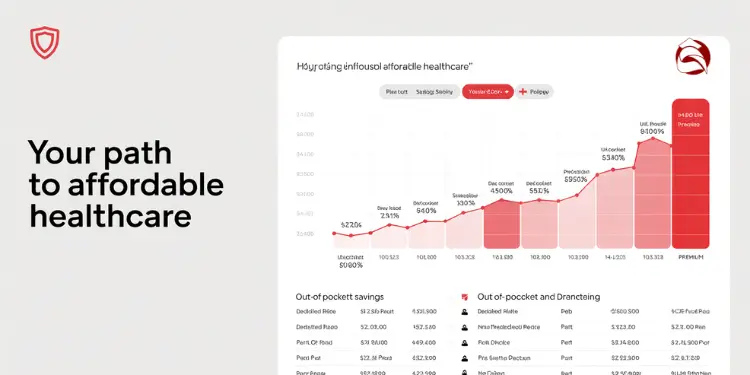
I’ve seen many families struggle with sudden hospital bills. If you run a business alone, a good plan can help. Viruses and broken bones don’t wait for paydays.
An individual plan protects your money. It lets you focus on growing your business.
It’s smart to look at premiums for different health insurance types. Some employed individuals skip plans to save money. But, this can lead to big debts.
You want coverage that keeps you safe from huge bills.
Health Savings Accounts (HSAs) paired with high-deductible plans offer triple tax advantages—pre-tax contributions, tax-free growth, and tax-free withdrawals for qualified medical expenses—maximizing savings potential Ref.: “Internal Revenue Service. (2024). Publication 969: Health Savings Accounts and Other Tax-Favored Health Plans.” [!]
“You Might Also Like: What is the purpose of professional liability insurance?“
Evaluate marketplace plans with subsidies
The ACA Marketplace offers plans that lower costs based on income. These deals can help self-employed people save money. You might also get tax breaks for employed health insurance (Ramsey Solutions, n.d.).
Compare medical networks, pharmacy copays, and out-of-pocket limits. This helps find the best value.
Use HSA for tax advantages
Pair a high-deductible policy with a Health Savings Account. This can save you money. Funds in an HSA grow tax-free and cover medical bills later.
This is great for employed health setups that need flexibility. It helps your finances grow instead of spending on bills.
Some people skip checkups because of high deductibles. But, routine screenings are often cheaper. A clear plan lets you schedule exams without big bills.
Prevention is cheaper than fixing problems later.
Rules on who gets extra breaks change every year. Keep up with state guidelines or talk to a broker.
Call your state’s Department of Insurance for more insurance options and rules. This step can help you plan for the unexpected.
HSA assets reached a record $123 billion held across over 37 million accounts by year-end 2023, reflecting a 19% increase in assets and 5% growth in accounts, underscoring growing consumer adoption Ref.: “Devenir. (2024). 2023 Year-End Devenir HSA Research Report.” [!]
“Check This Out: What is the purpose of commercial property insurance?“
Disability insurance replaces income gaps
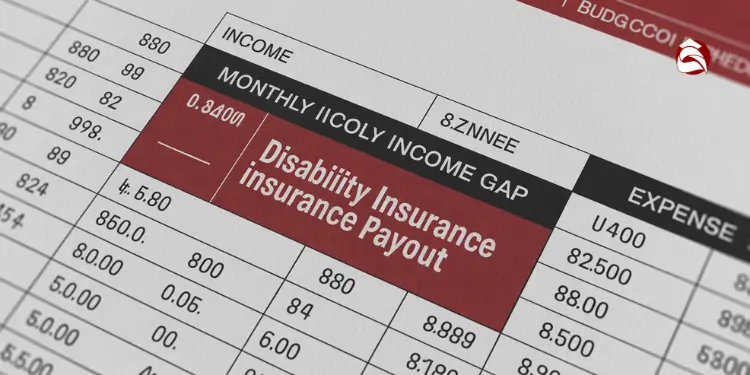
Many people count on regular paychecks for daily needs. But, illness or injury can stop that income. Disability insurance helps by covering your income while you recover.
Even those who work can face big money problems without it. Self-employed folks might think they don’t need it, but they do. A good policy can replace 60% of your income, helping you avoid big financial hits.
Medical costs can add up quickly. In fact, about 66% of bankruptcies in the U.S. are due to medical bills (source).
Choose elimination period you afford
The elimination period is the time before you start getting benefits. Shorter periods mean quicker money but cost more. You can mix disability insurance with health insurance or other plans.
This mix helps if you can’t work because of illness. It might also lower your health insurance costs over time by reducing stress-related health problems.
| Elimination Period (Days) | Average Monthly Cost | Tip for Employed Individuals |
|---|---|---|
| 30 | $50–$70 | Fast relief for tight budgets |
| 90 | $30–$50 | Lower monthly insurance premiums |
| 180 | $15–$30 | Cost-effective for long-term security |
Choose a realistic elimination period and look at health insurance options. This helps you find the right coverage. Talk to a trusted advisor for a plan that fits your needs and keeps your income steady.
Shorter elimination periods (e.g., 30 days) accelerate benefit payouts but can increase premiums by up to 2–3× compared to longer waiting periods, requiring careful budgeting of pre-claim reserves Ref.: “DisabilityHelp.org. (2025). What Is the Elimination Period in a Disability Insurance Policy?” [!]
Professional liability guards client disputes
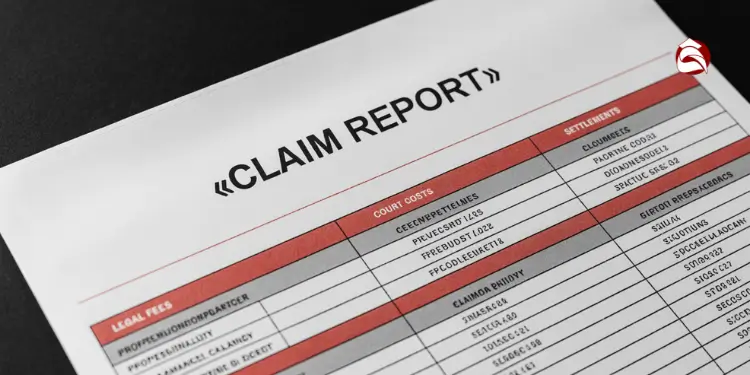
Most professionals try to do a good job, but sometimes things go wrong. Professional liability coverage, or E&O, helps when your work is questioned. It can cover legal costs and settlements, helping small businesses.
Legal fees can add up fast, so having coverage is important. People with business insurance often choose plans with E&O. This keeps their personal money safe, no matter what they do.
A recent study found that the average premium for professional liability insurance is $61 per month, with nearly one-third of policyholders paying under $50, making it accessible for self-employed professionals. Keeping your reputation safe is key to trust. Learn more at this resource.
Here’s a look at monthly costs:
| Monthly Premium | Share of Customers |
|---|---|
| $50 or less | 32% |
| $100 or less | 71% |
The average premium for professional liability (E&O) insurance is $61 per month, with nearly one-third of policyholders paying under $50, making it an accessible protection for self-employed professionals Ref.: “Forbes Advisor. (2025). Professional Liability Insurance: Coverage & Costs.” [!]
“Explore More: What is the purpose of general liability insurance?“
Business property protects equipment investments
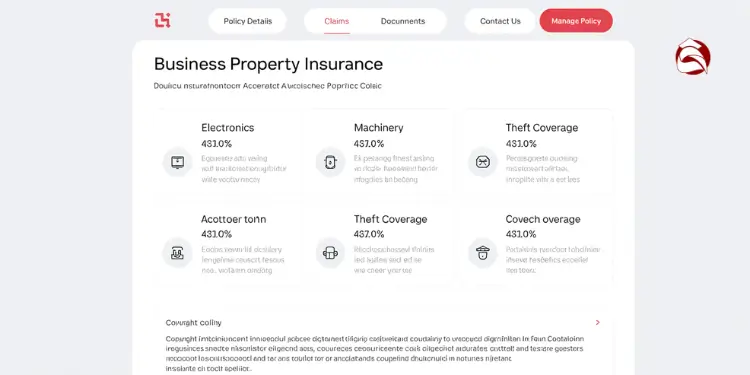
I’ve seen many small workshops that use insurance to fix or replace important items. Lost laptops or tools can cost a lot if they get stolen or broken. Having commercial coverage helps keep your business safe from big losses.
Many entrepreneurs focus on health insurance. But they forget about property insurance. It protects your workspace from big problems.
Some people only get health insurance. They don’t think about protecting their tools and equipment. A break-in shouldn’t ruin your business.
Business owners with health insurance want to protect everything. They know health insurance helps with medical costs. But property insurance fixes or replaces damaged equipment fast.
Schedule property endorsement for gear
Endorsements add extra protection for expensive items. This is good for valuable machines or electronics. It helps your budget when something goes wrong.
| Equipment Type | Typical Coverage Limit | Extra Protection Needed? |
|---|---|---|
| Computers & Tech | $5,000-$10,000 | Often wise to add |
| Specialized Tools | $10,000-$50,000 | Essential if irreplaceable |
| Décor & Inventory | $2,000-$5,000 | Depends on value |
“Further Reading: What is the purpose of an insurance policy?“
Retirement plans ensure long term security
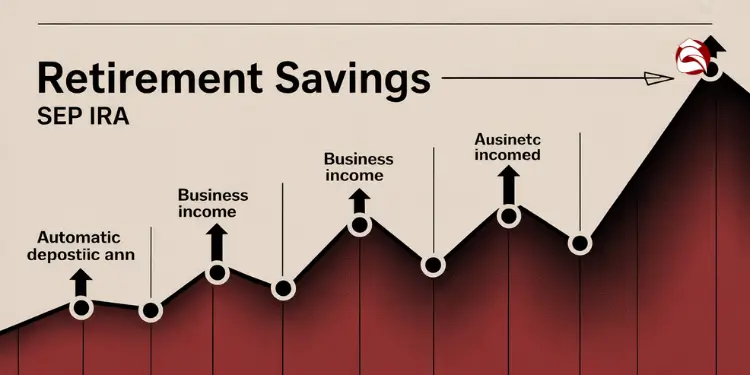
Planning for retirement is as important as any health insurance. It’s a big part of your financial plan. Many self-employed people wait too long to start saving.
Choosing the right insurance for self-employed people can secure your future. Insurance is more than just accident coverage. It’s about being ready for anything. Knowing your policy well helps you grow your money steadily.
Some people prefer a simple way to save for the future. I support every beginner who starts saving early. Even small steps can make a big difference when you’re busy. Saving is all about moving forward.
SEP IRAs Allow Higher Contributions
For 2024, the SEP IRA contribution limit is 25% of compensation, up to $69,000, allowing self-employed individuals to save more towards retirement. The IRS sets limits, but it’s more flexible than other options. If you have employees, their contributions must match yours.
“Discover More:
Automate Retirement Savings for Consistency
Automation helps you stay on track. Set up automatic transfers to save each month. This is like insurance for your future: once it’s set, you can focus on other goals.






